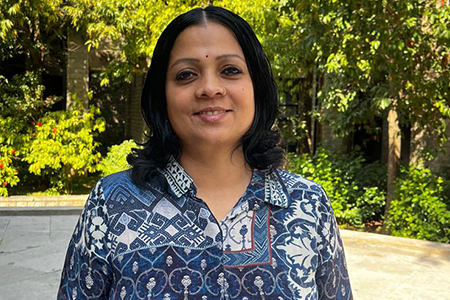Experiments in creating digital public infrastructure and digital public goods have generated a wealth of data, knowledge, and experience that can be useful for think tanks, policymakers, practitioners and researchers worldwide. But much of this knowledge is tacit and undocumented. The Global Centre of Excellence on Digital Public Goods (CDPG) at the IIM Bangalore, set up in partnership with the iSPIRT, acts as a repository of knowledge on digital public goods, evaluating the efficacy of these efforts and providing thought leadership for future efforts in India and other parts of the world. The key objectives of the centre are to become the knowledge repository/authority on digital public goods, to undertake rigorous research to evaluate DPG initiatives and to provide thought leadership and advice on deploying DPGs
India’s experiences with DPGs have been unique, and one of its kind. The entire suite of DPGs is based on a robust digital public infrastructure that has spawned innovation and rapid adoption of DPGs in a variety of contexts, including education, finance, healthcare, commerce and many more. India’s DPGs are built around the following principles.
Even though the experiments have created a wealth of data, experience and insights (mostly tacit) as they are scaled at speed, the knowledge is distributed unevenly across various entities and organizations. Therefore, there is an emergent need to:

There is a need for consolidation of:
A sample list of research questions addressed by the CDPG include:

S. Ramadorai
Chairperson, Karmayogi Bharat and former MD/ CEO of TCS: Chairman

Keyzom Ngodup
Head of Digital Programme, UNDP Chief Digital Office

Sharad Sharma
co-founder, iSPIRT

Sanjay Anandaram
iSPIRT

Prof. Rishikesha T Krishnan
Director, IIMB

Prof. R Srinivasan

Prof. Srivardhini K Jha

Prof. Deepak Chandrashekhar

Prof. Shankadeep Banerjee

Prof. Mayank Kumar

Julian Kurtz

Manisha Rathi

Nina Lugmair

Anuradha Sharma

Pramoth Kumar Joseph

Rashi Agarwala

Chaitrali Bhoi

Anupama Korath

Nayanika Chakraborty

Balakrishnan Mahadevan

Timon Sengewald

